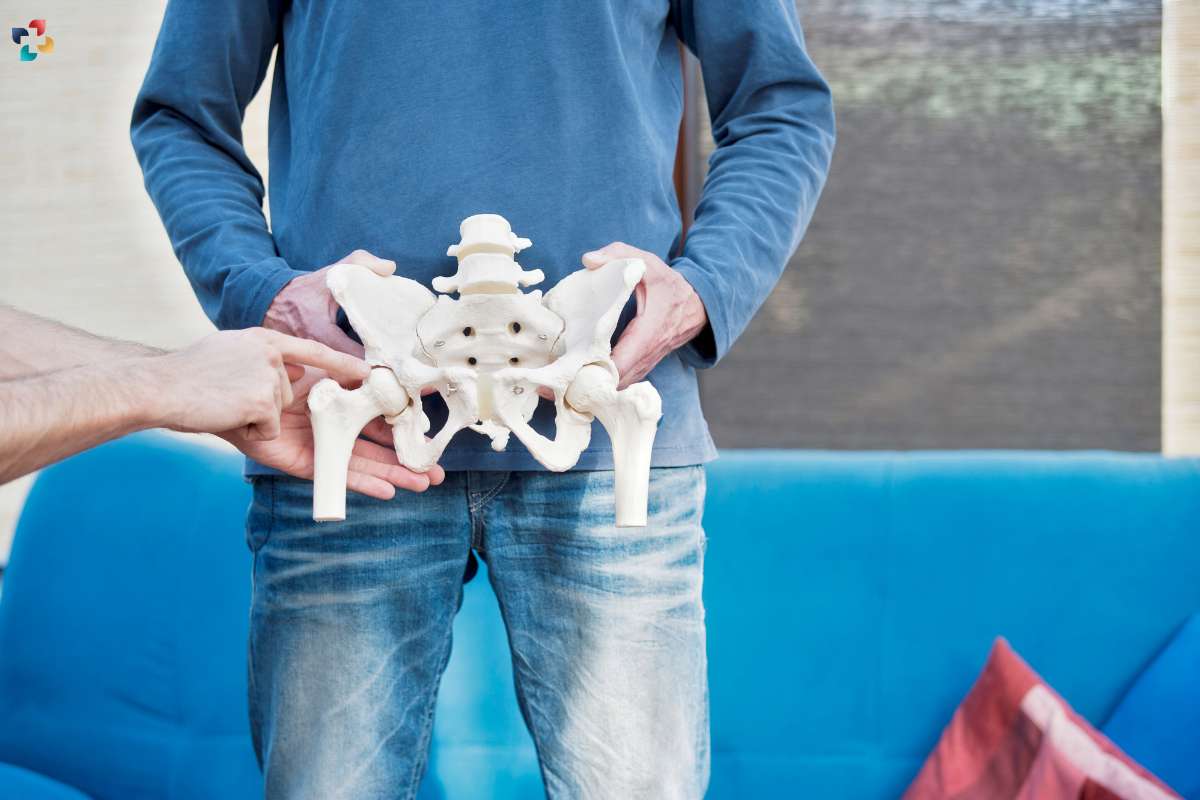The human hip is considered one of the most remarkable joints of the body. It allows your body a fluid movement and also gives you support for weight-bearing. However, as happens with any kind of joint, they are known to deteriorate or be damaged due to any kind of injury, arthritis, or any kind of other medical condition. This generally leads to higher pain and decreased functions of those joints.
When people face problems with the hip joint, most are often confused between two of the most significant choices – whether to try a hip preservation technique or to get a hip replacement surgery.
In this comprehensive article, we will explore both options, weighing the pros and cons, and ultimately helping you understand which may be the better treatment for your specific situation.
Understanding Hip Preservation:
Hip preservation refers to a set of surgical techniques and non-surgical interventions aimed at preserving the natural hip joint and delaying or avoiding the need for hip replacement. These techniques are typically considered for individuals with early-stage hip problems, such as hip impingement (femoroacetabular impingement or FAI) or labral tears.
1. Non-Surgical Interventions:

Physical Therapy: Physical therapy can help strengthen the muscles around the hip joint, improve range of motion, and alleviate pain.
Activity Modification: Lifestyle changes, such as avoiding activities that exacerbate hip pain, can provide relief.
Pain Management: Medications and injections, such as corticosteroids, can temporarily alleviate hip pain.
2. Surgical Interventions:
Arthroscopy: Minimally invasive hip arthroscopy can be used to repair labral tears and address FAI. It involves small incisions and a camera-guided approach to treat the hip joint’s structural issues.
Periacetabular Osteotomy (PAO): In cases of hip dysplasia, where the hip socket is shallow, a PAO can reposition the socket to improve joint stability.
Hip Resurfacing: This procedure involves reshaping the femoral head and capping it with a metal prosthesis, preserving more bone than traditional hip replacement.
Stem Cell Therapy: Experimental treatments like stem cell therapy aim to stimulate tissue regeneration and healing within the hip joint.
Pros of Hip Preservation:
- Preservation of the Natural Hip Joint: The most significant advantage of hip preservation techniques is the potential to retain the natural hip joint, preserving its function and longevity.
- Less Invasive: Many hip preservation procedures are less invasive than hip replacement, leading to shorter recovery times, smaller incisions, and reduced risk of complications.
- Younger Patients: Hip preservation is often favored for younger patients with early-stage hip issues who want to maintain an active lifestyle and avoid hip replacement for as long as possible.
- Potential for Delay: Hip preservation can delay the need for replacement, allowing individuals to enjoy a higher quality of life without undergoing major joint replacement surgery.

Cons of Hip Preservation:
- Limited Long-Term Data: Some hip preservation techniques, such as stem cell therapy, lack long-term data on their effectiveness and durability.
- Not Suitable for Advanced Arthritis: Hip preservation may not be an option for individuals with advanced hip osteoarthritis, as the joint may be too damaged to benefit from these techniques.
- Risk of Revision Surgery: In some cases, hip preservation procedures may not provide lasting relief, necessitating future hip replacement surgery.
- Cost: Hip preservation procedures can be costly, and insurance coverage may vary, leading to financial challenges for some patients.
Understanding Hip Replacement:
Hip replacement, also known as total hip arthroplasty (THA), is a surgical procedure that involves replacing the damaged or arthritic hip joint with an artificial implant. It is typically considered when hip preservation techniques are no longer effective or appropriate due to advanced joint damage.
Types of Hip Replacement:
- Total Hip Replacement (THR): THR involves replacing both the acetabulum (hip socket) and the femoral head (the ball of the thigh bone) with prosthetic components.
- Partial Hip Replacement: In cases where only one part of the hip joint is damaged, partial hip replacement, also known as hemiarthroplasty, may be performed.
Pros of Hip Replacement:
- Effective Pain Relief: Hip replacement is highly effective at relieving hip pain and improving joint function, making it a suitable option for individuals with advanced hip arthritis.
- Long-Lasting: Modern hip implants are durable and can last for decades, providing lasting relief and improved quality of life.
- Predictable Outcomes: Hip replacement surgery has a high success rate, and outcomes are generally predictable, allowing patients to resume normal activities.
- Suitable for Advanced Arthritis: Hip replacement is the standard of care for individuals with advanced hip arthritis, where hip preservation may not be effective.
Cons of Hip Replacement:
- Loss of Natural Joint: The most significant drawback of hip replacement is the removal of the natural hip joint, which cannot be reversed.
- Invasive Surgery: Hip replacement is a major surgical procedure, which may involve a longer recovery period and a higher risk of complications compared to hip preservation techniques.
- Revision Surgery: While hip replacements are durable, they may eventually wear out, requiring revision surgery, which is more complex and may have a less predictable outcome.
- Age Limitations: Younger patients who undergo hip replacement may require multiple revision surgeries over their lifetime, which can pose challenges.

Choosing the Right Treatment:
The decision between hip preservation and hip replacement should be individualized and based on several factors:
- Diagnosis: The severity and cause of hip pain and joint damage play a crucial role in determining the appropriate treatment.
- Age and Activity Level: Younger, more active individuals may lean towards hip preservation to delay hip replacement, while older individuals with advanced arthritis may benefit more from hip replacement.
- Medical History: Existing medical conditions and surgical history may influence the choice of treatment.
- Patient Preferences: A patient’s willingness to undergo surgery, their expectations, and their desire to preserve the natural joint are essential considerations.
- Consultation with Specialists: Orthopedic surgeons and hip specialists can provide valuable guidance in making the right treatment choice.
Conclusion: Personalized Care Matters
For a hip replacement or a hip preservation treatment, there is nothing where one size fits all. Any approach comes with its own set of advantages and disadvantages, and the right choice can be made on that particular patient’s situation and preferences.
Hip preservation may offer the opportunity to maintain the natural hip joint and delay the need for hip replacement, which can be especially appealing to younger patients. However, it may not be suitable for advanced arthritis cases, and long-term data on some techniques are limited.
On the other hand, hip replacement can provide patients with highly effective pain relief and much more durable outcomes. This makes hip replacement a standard treatment to help with hip arthritis. Though it involves the loss of the natural joint, it an surely offer you with predictability and long-lasting relief.
Ultimately, the best course of action is to consult with orthopedic specialists who can assess your condition, discuss your goals, and provide personalized recommendations to help you make an informed decision that aligns with your unique needs and preferences. Whether you choose hip preservation or hip replacement, modern medicine offers effective solutions to help you regain your mobility and enjoy an improved quality of life.
Also Read: Does Your Pain Mean It’s Time for a Knee Replacement?








